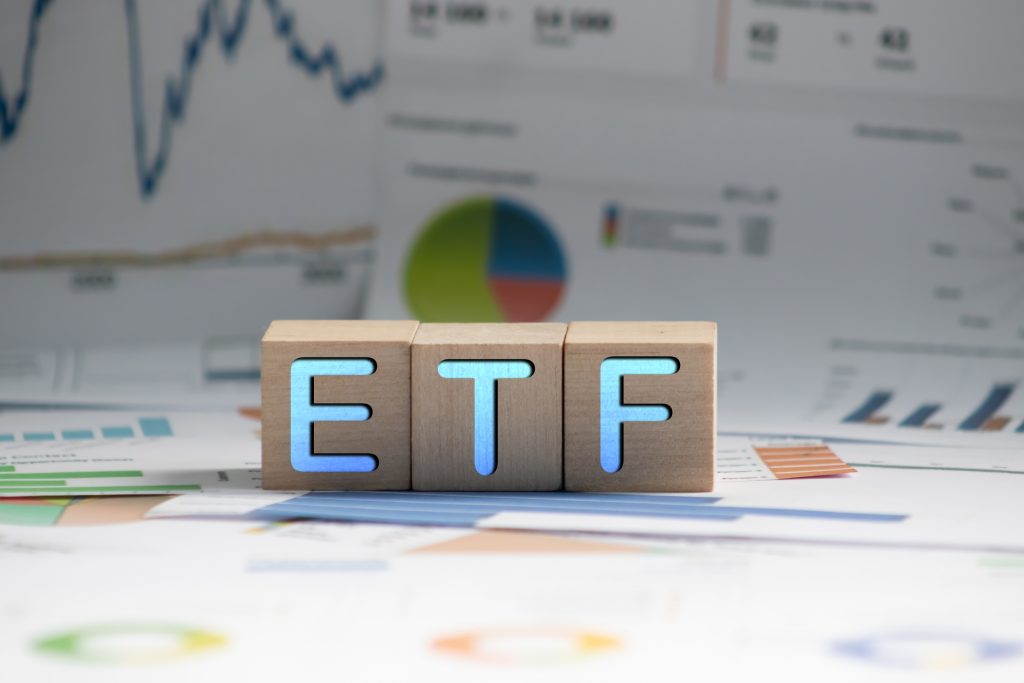ETFs VS. Unit Trusts: A Comprehensive Comparison For Investors

ETFs (exchange-traded funds) and unit trusts are two popular investment vehicles that provide individuals with potential returns through diversified portfolios. ETFs are investment funds that are traded on stock exchanges, tracking an underlying index and offering investors exposure to various asset classes. On the other hand, unit trusts are pooled investment funds wherein investors can purchase units, and the overall fund is managed by a professional fund manager. Both options have their own advantages and disadvantages.
The aim of this article is to compare ETFs and unit trusts, shedding light on their key features, costs, liquidity, transparency, and suitability for different types of investors. By providing an objective analysis of these investment options, investors will be equipped with the necessary information to make informed decisions regarding their investment strategy and asset allocation.
Understanding ETFs
Exchange Traded Funds (ETFs) are investment funds that are traded on stock exchanges, similar to stocks. They are designed to track the performance of an underlying index, such as a stock index or a bond index.
ETFs are structured as open-ended investment companies or unit investment trusts. The basic structure of an ETF consists of a portfolio of assets that represents the performance of the index it tracks. This portfolio is divided into shares, which are then traded on the exchange.
One of the key characteristics of ETFs is their transparency and liquidity. They provide investors with an easy way to gain exposure to a wide range of asset classes and sectors, without having to directly buy and manage each individual security.
ETFs can be traded throughout the trading day, allowing investors to buy and sell shares at market prices. This flexibility provides investors with the opportunity to capitalize on intraday price movements and manage their investments in a more dynamic manner.
There are different types of ETFs available to investors. Some of the common types include equity ETFs, which track a stock index; bond ETFs, which track a bond index; and commodity ETFs, which track the price of a specific commodity. Each type of ETF offers investors the opportunity to diversify their portfolio and gain exposure to different asset classes and sectors.

Advantages of ETFs
ETFs, or exchange-traded funds, offer several advantages compared to other investment options. Firstly, ETFs provide liquidity and flexibility, as they can be bought and sold throughout the trading day, making them highly accessible for investors. This feature allows investors to adjust their holdings and take advantage of market movements in a timely manner.
Another advantage of ETFs is their lower costs. Generally, ETFs have lower expense ratios compared to actively managed Unit Trusts, helping investors save on fees and enhance their overall returns.
Transparency is another key benefit of investing in ETFs. Many ETFs disclose their holdings on a daily basis, providing investors with a clear view of the securities they own. This transparency offers peace of mind and allows investors to make informed decisions based on the specific assets held within the ETF.
Understanding Unit Trusts
Unit Trusts, also known as mutual funds or collective investment schemes, are investment vehicles that pool money from multiple investors to invest in a diversified portfolio of assets. They are managed by professional fund managers who make investment decisions on behalf of the investors.
The basic structure of Unit Trusts involves the creation of units, which represent a portion of the fund’s assets. Investors buy these units at the prevailing net asset value (NAV) and become part owners of the fund. When they want to sell their units, they can do so at the NAV.
Unit Trusts are managed by fund managers who have expertise in investment research and analysis. These managers make strategic investment decisions, such as selecting the asset classes to invest in and the allocation of funds across different investments. Their goal is to generate returns for the investors based on the fund’s investment objectives.
The investment strategies employed by Unit Trusts vary depending on the fund’s objective. Equity Unit Trusts primarily invest in stocks and aim for capital appreciation over the long term. Fixed income Unit Trusts focus on investments in bonds and seek to provide regular income to investors. Balanced Unit Trusts combine both equity and fixed income investments to achieve a balance between capital growth and income generation.
Advantages of Unit Trusts
Unit trusts offer several advantages compared to other investment vehicles. One key advantage is the potential for higher returns through active management strategies. Unlike passive investment options, unit trusts are actively managed by professional fund managers who aim to outperform the market by carefully selecting and monitoring investments.
Another advantage of unit trusts is their perceived stability. This is primarily due to less frequent trading and a long-term investment focus. Unit trust managers typically hold investments for the long term, allowing for potentially smoother returns and minimizing the impact of short-term market fluctuations.
Unit trusts provide investors with a wide variety of options. There are numerous unit trusts available, each with different investment objectives and strategies. This allows investors to select a unit trust that aligns with their specific investment goals, risk tolerance, and time horizon.
Similarities Between ETFs and Unit Trusts
ETFs and unit trusts share several similarities.
Firstly, tTexposure to a broad range of assets, such as stocks, bonds, and commodities. This diversification helps to reduce the risk associated with investing in individual stocks or assets, as losses in one area may be offset by gains in another.
ETFs and unit trusts are also accessible to retail investors. They can be easily purchased and sold through brokerage accounts or investment platforms. This accessibility makes them a popular choice for individual investors looking to diversify their portfolios.
Both ETFs and unit trusts are managed by professional fund managers. These managers have the expertise and knowledge to make informed investment decisions on behalf of the fund. They conduct detailed research and analysis, aiming to maximize returns and manage risk effectively.
Understanding ETFs and Unit Trusts’ Differences
ETFs and Unit Trusts are two different types of investment vehicles available in the market. There are key differences between these two options that potential investors should consider before making an investment decision.
One major difference is in the trading and pricing aspect. ETFs can be traded throughout the day at market prices, similar to stocks. On the other hand, Unit Trusts are priced at the end of the trading day, meaning investors can only buy or sell them at the closing price.
Another important distinction lies in the management style. ETFs are often passively managed, meaning that they aim to replicate the performance of a particular index. In contrast, Unit Trusts are typically actively managed, with fund managers making investment decisions to generate better returns than the market average.
When it comes to costs and fees, it is essential to compare the expense ratios, management fees, and trading costs of both options. ETFs tend to have lower expense ratios due to their passive management style, while Unit Trusts may have higher fees due to the active management involved.
Tax efficiency is an important consideration. ETFs generally offer better tax efficiency compared to Unit Trusts. This is because ETFs are structured differently, resulting in potential tax benefits such as more favorable capital gains treatment.

Conclusion
In conclusion, when comparing ETFs and Unit Trusts, it is crucial for investors to align their investment choices with their individual goals, risk tolerance, and preferences. Thorough research should be conducted to understand the specific features and benefits of each investment option. Additionally, consulting financial advisors can provide valuable insights and guidance to make informed decisions. It is important to highlight that there is no one-size-fits-all approach, as every investor’s circumstances are unique. Therefore, understanding one’s own investment objectives and assessing the investment options available is key to achieving financial goals. By carefully considering these factors and seeking professional advice, investors can make well-informed choices that are tailored to their specific needs.






